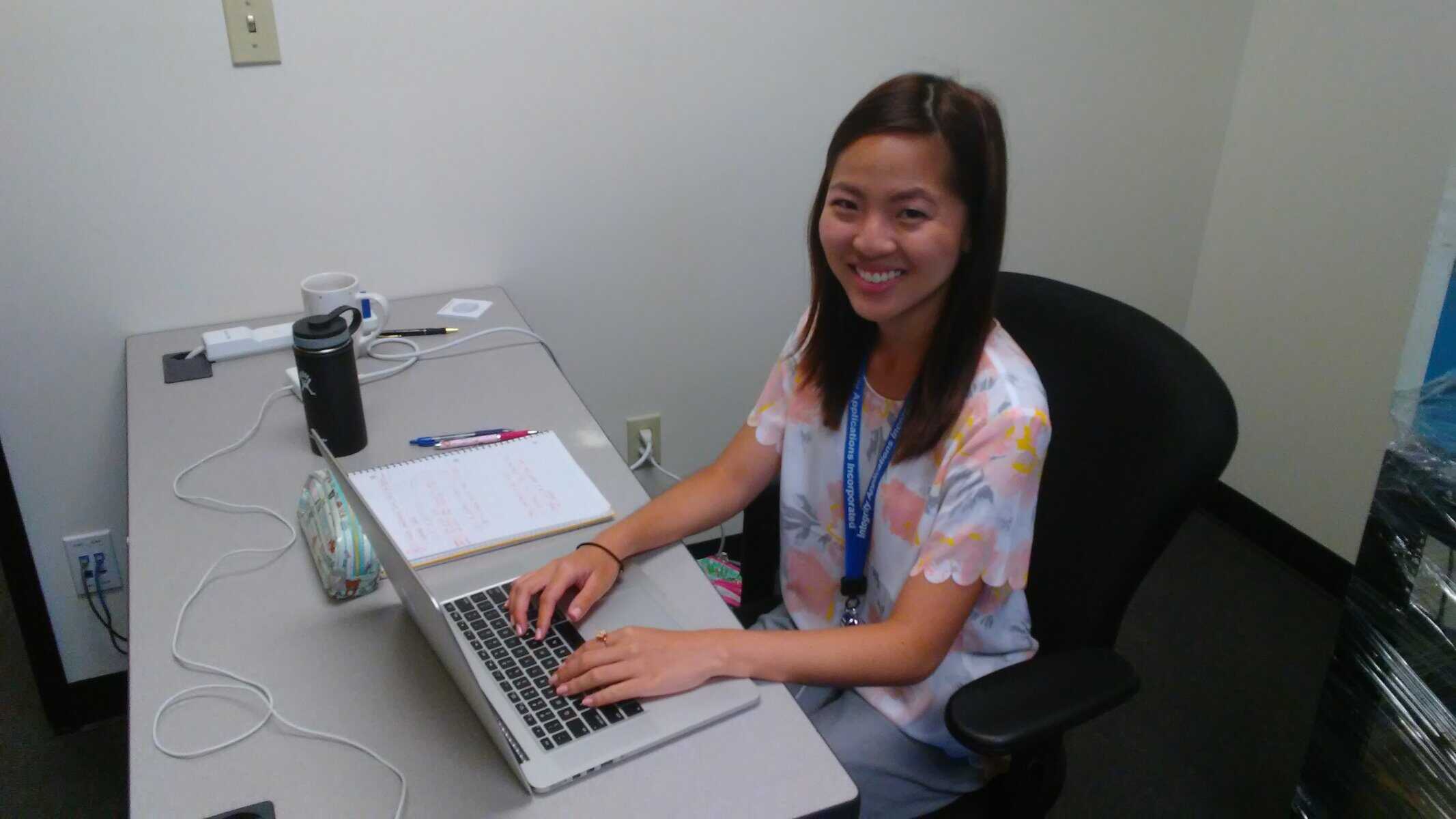
Ariel Todoki was born and raised in Honolulu, Hawaii and graduated from Kalani High School in 2014. She is a rising senior at Willamette University in Salem, Oregon pursuing a double major in Computer Science and Music Performance as well as a minor in Math. After graduating, she plans to go to graduate school to study Computer Science. Her hobbies include playing flute in the Willamette University Wind Ensemble and playing taiko with the Willamette Taiko Club.
Home Island: Oahu
High School: Kalani High School
Institution when accepted: Willamette University
Akamai Project: Analysis of Shadow Prediction of Geosynchronous Satellites
Project Site: Integrity Applications Incorporated/Pacific Defense Solutions
Mentor: Dennis Douglas
Project Abstract:
Geosynchronous (GEO) satellites are located about 36,000 km above Earth’s surface, making it difficult to get a fine resolution image of the satellite using a telescope. One way to produce a resolved image of these satellites is through shadow imaging. Shadow imaging is a method for obtaining high spatial resolution images of GEO satellites from an Earth based system by measuring the irradiance distribution on the ground resulting from the occultation of the satellite passing in front of a star. Light collection requires accurate prediction of location and time of the shadow events. This requires knowledge of satellite location in the sky, allowing for determination of stars that are being occulted. The purpose of this project is to correlate the number of occultation events to the apparent position of a GEO satellite with respect to the stars in the galaxy. We used simulated occultation events for GEO satellites Galaxy3C and TDRS11 in MATLAB to create animated graphs showing the number of occultation events versus time as a function of viewing geometry through the galactic star density. This analysis found that the rises in occultation events during the year are due to the satellite passing in front of the galactic plane, which has a high density of stars. This correlation provides information on what times during the year to expect more shadow events to occur, resulting in a higher probability of capturing a shadow. The next step to shadow prediction is correlating the current shadow prediction tool to past shadow events that were captured serendipitously.